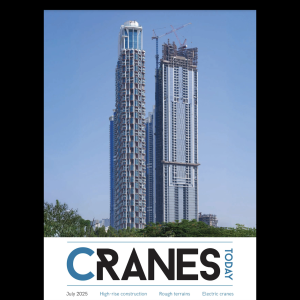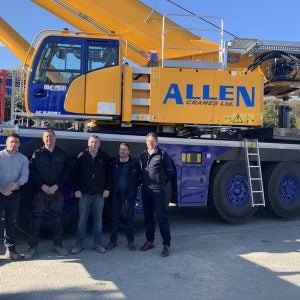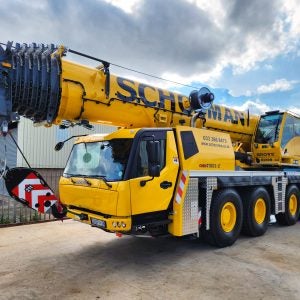The company chose the large crawler to offer control and precise positioning in the presence of strong winds, said Reynaldo Santos, head of ESEASA. The company configured the 18000 with a MAX-ER attachment for its challenging lifts, which significantly increases the crane’s lift and reach capabilities. Throughout the project, the 18000 was rigged with a main boom of 73m (240 ft).
The first task, lifting the 50m (164 ft)-tall antenna, was one of the most difficult in the construction of the radio telescope, because it meant lifting a structural component weighing over 480 t (530 USt) at a height of 33 m (108 ft) and placing it over the LMT’s steel support. But even more difficult was the lift of the telescope’s satellite dish, weighing approximately 500 t (551 USt) with a diameter of 50 m (164 ft).
The telescope sits at an altitude of 4,600m (15,091 ft) on top of an inactive volcano, Sierra Negra, in the Mexican state of Puebla, some two hours outside of Mexico City. The LMT is a US-Mexico collaboration, between the University of Massachusetts and the Instituto Nacional de Astrofísica, Optica y Electrónica (INAOE). Mexican president Vicente Fox has described the LMT as “the most important science project in Mexican history”.
ESEASA has been in business for 17 years, and currently has 2,000 employees, based in three offices – in Mexico City and Tamaulipas, Mexico, and Brownsville, Texas, US. It has more than 150 cranes in its fleet, including the Model 18000, a 1000t Manitowoc 21000, an 800t Liebherr LTM 1800 truck crane, a 500t Krupp Kr-11000 lattice-boom truck crane, 500t Grove GMK 7550, a Demag AC-500 and others.






